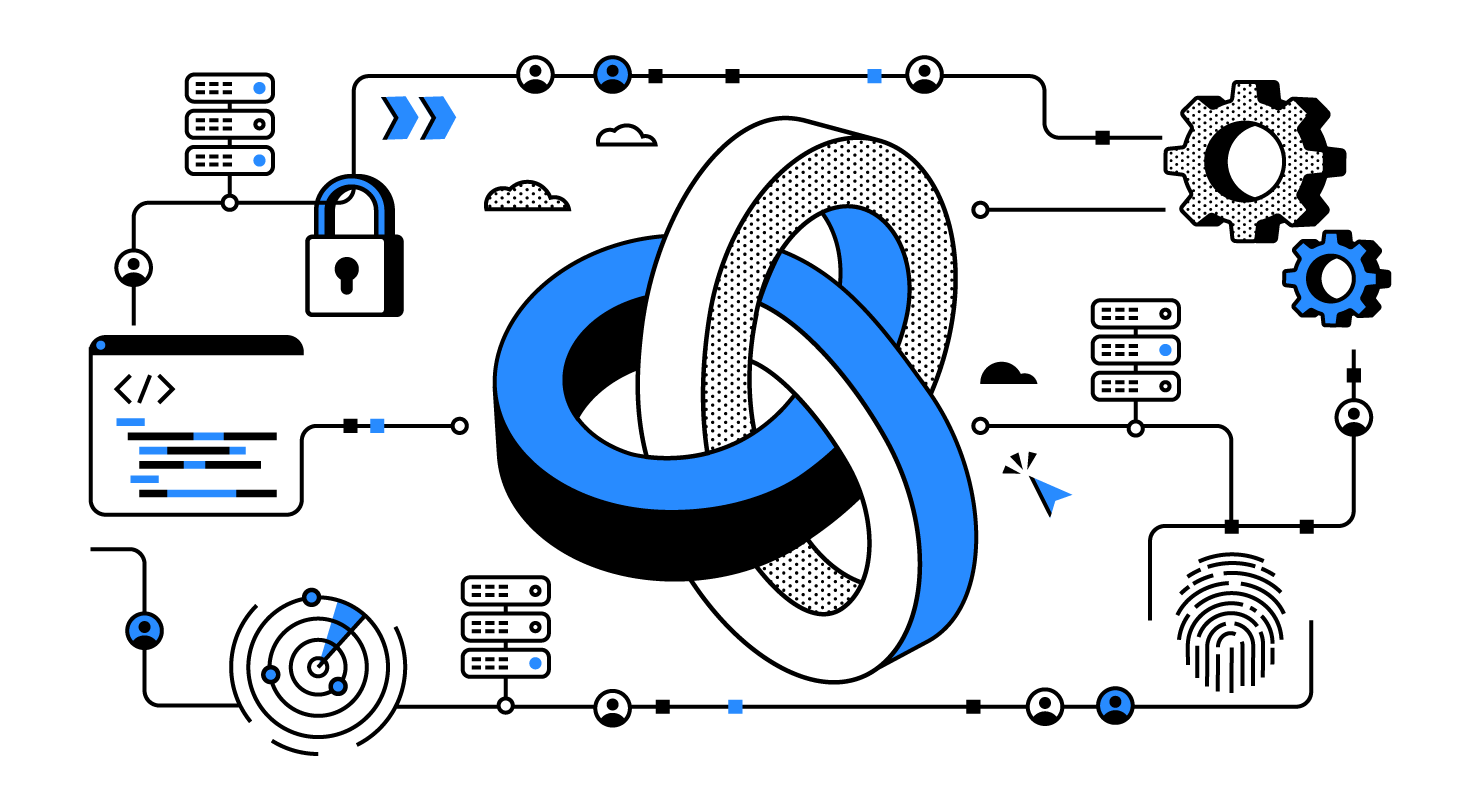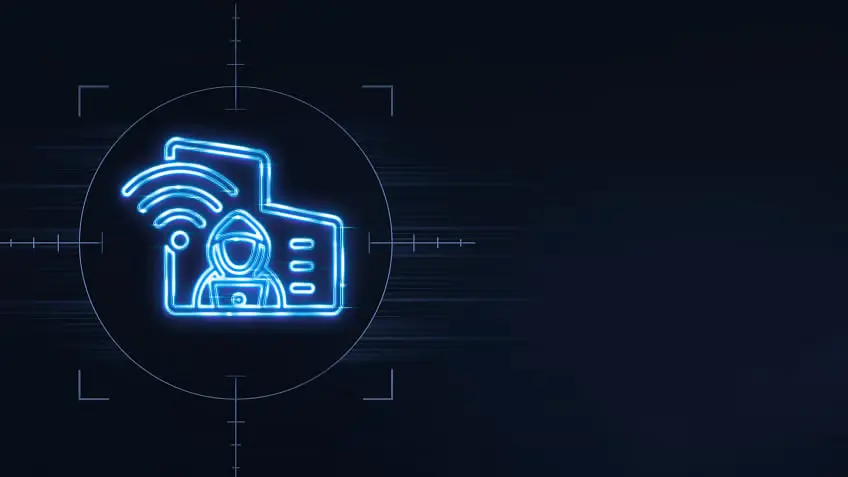- Test automation and AI are revolutionizing software development by enhancing efficiency and accuracy.
- No-code automation democratizes testing, making it accessible and boosting team productivity.
- Continuous testing and robust end-to-end integration testing are crucial in today's complex digital environments.
As the software development landscape evolves, the demand for faster, more reliable, and more efficient testing processes has grown exponentially. The global software testing market, valued at approximately $40 billion in 2021, is expected to reach over $60 billion by 2027, driven by the need for robust quality assurance (QA) processes. With the rapid expansion of cloud computing, often referred to as "eating the world," companies across all industries, nations, and sizes are in pursuit of the ideal tech stack. Cloud computing is projected to grow from $480 billion in 2022 to nearly $1 trillion by 2026, underscoring its transformative impact on industries worldwide. Despite the promises of new platforms to maximize efficiency and streamline processes, the journey to finding the perfect fit remains one of trial and error for many organizations.
Amidst this technological explosion, test automation and artificial intelligence (AI) have risen to meet the world’s growing QA demands. The test automation market, valued at $12.6 billionin 2021, is expected to grow at a CAGR of 18% through 2028, reflecting the industry's increasing reliance on automated solutions. AI in QA is also rapidly gaining traction, with the AI in testing market forecasted to grow from $170 million in 2020 to $1.2 billion by 2026, reflecting a CAGR of 39.5%. Automation has emerged as a transformative force, enabling organizations to accelerate their software development life cycles while maintaining the highest quality standards. In an increasingly competitive global market, where change is the only constant, having reliable control over internal environments is invaluable.
The Impact of Test Automation
Gone are the days of relying on complex Excel sheets, late-night calls, and weekend office visits to fix problems. With its drag-and-drop visual interfaces, no-code test automation offers unprecedented control and precision in testing. This innovation has set a new standard of productivity in software development.
AI and Machine Learning-Powered Automation Testing
AI and machine learning (ML) have revolutionized automation testing. AI-powered frameworks leverage ML algorithms to automate repetitive tasks, allowing teams to focus on complex, critical scenarios. These tools self-learn and adapt, enhancing test coverage, identifying patterns, and optimizing test scripts. The most groundbreaking aspect of AI-enabled testing is its ability to analyze data independently and automatically discover defects—capabilities far beyond traditional manual testing or even older automation techniques.
Test Data Automation
One of the significant bottlenecks in test automation has been test data management. Creating and managing test data manually can be time-consuming and prone to errors. Test data automation addresses this challenge by automating test data sets' generation, provisioning, and maintenance. This allows for the quick creation of realistic scenarios, reducing reliance on manual data setup and speeding up test execution cycles.
Cross-Browser and Cross-Device Testing
With the proliferation of devices and browsers, ensuring compatibility across different platforms has become crucial. Cross-browser and cross-device testing tools simultaneously validate application functionalities across multiple environments. These tools provide real-time insights into application performance, significantly reducing the effort required for manual testing on various configurations.
The SaaS Mess and End-to-End Integration Testing
At Fortray, we refer to the current state of complex digital environments as “SaaS Mess.” This challenge makes testing a nightmare, as each service or platform needs testing and every interconnection between platforms. Test automation, especially for robust end-to-end integration testing, can automatically execute the necessary tests, saving time and ensuring comprehensive coverage.
No-Code Test Automation
Traditionally, automated testing required coding skills, limiting accessibility to skilled developers or testers. However, no-code test automation frameworks have democratized the process by allowing users with minimal coding knowledge to automate test cases. These tools, with visual interfaces and drag-and-drop functionality, make test automation more user-friendly and increase the efficiency of testing teams.
The Fortray Automation Test Engineer Program
To address the growing need for skilled automation testers, Fortray offers a specialized Automation Test Engineer Program. This program equips participants with the latest skills and knowledge in AI-driven test automation, continuous testing, and test data management. Graduates are prepared to lead testing initiatives, ensuring high productivity and quality in their organizations. If you’re still manually testing your processes and managing vast amounts of data in Excel sheets, it’s time to consider a better solution. Test automation doesn’t replace testers; it enhances and perfects their skills. According to Gartner, system downtime costs companies an average of £235,000 per hour—a costly mistake that test automation can help prevent. With the evolving capabilities of automation, there’s no better time to invest in these tools to maximize productivity and quality in your development environment.
| Stats of Automation Test Industry | Value |
|---|---|
| CAGR of the Test Automation Market (2024-2031) | 20.9% |
| Average System Downtime Cost (Per Hour) | £235,000 |
| Increase in Efficiency with AI-Powered Testing | 30-50% |
| Reduction in Manual Testing Effort | 40-60% |








